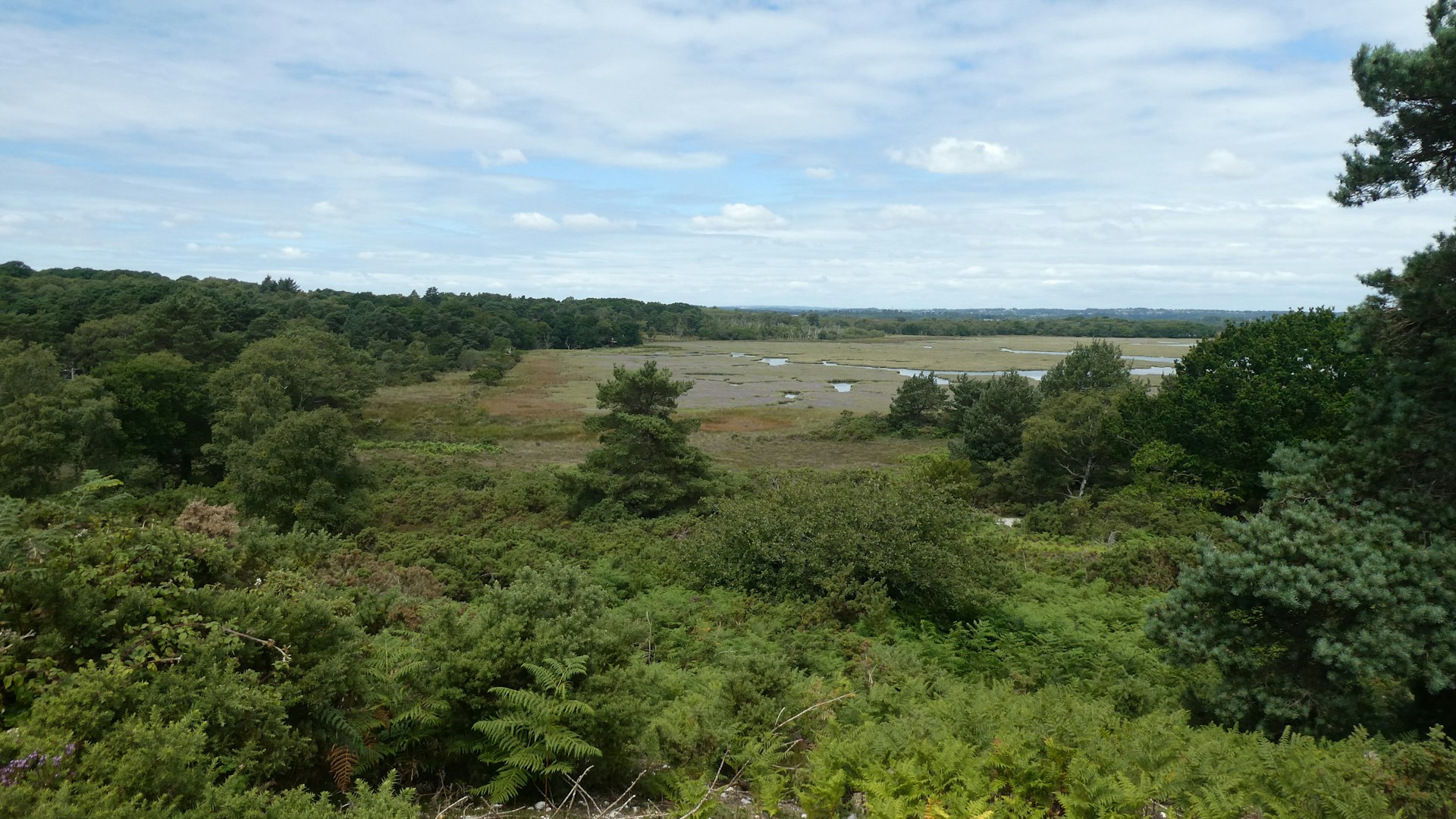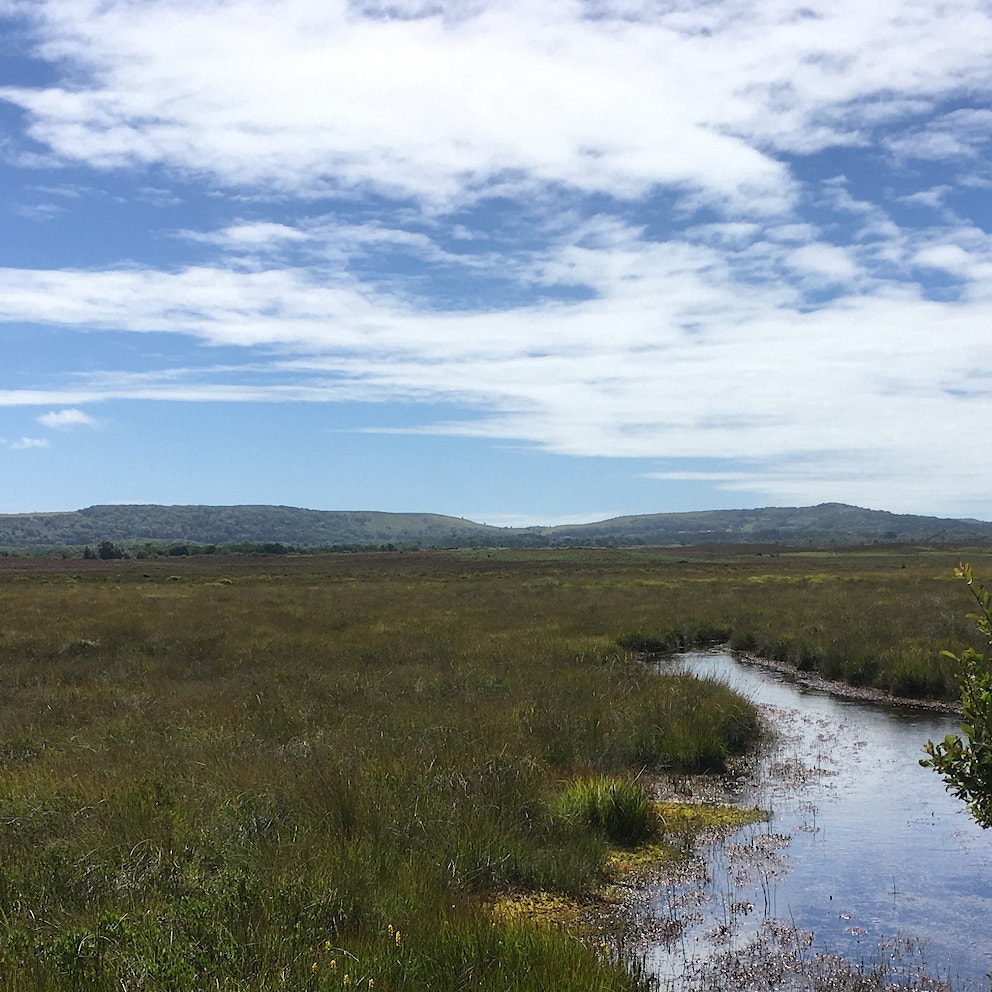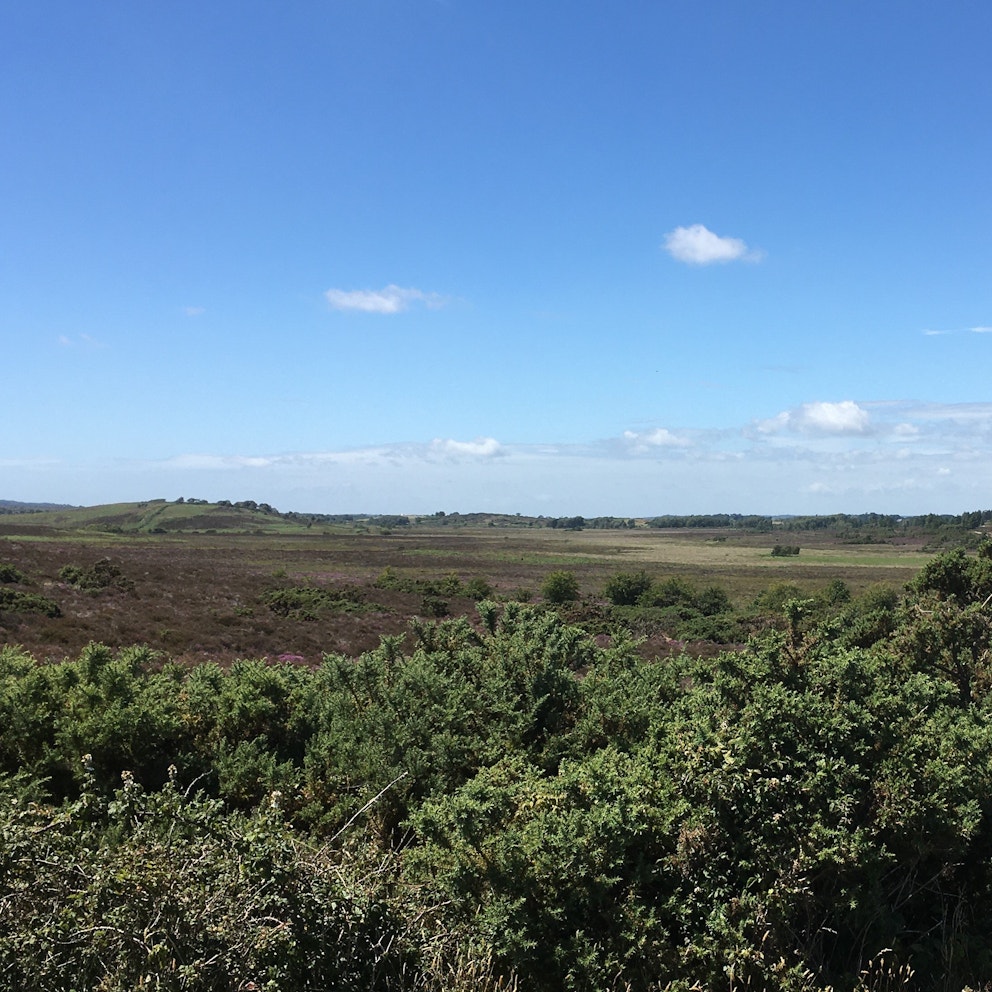Purbeck Heaths National Nature Reserve
Re-establishing natural processes on a ‘super’ nature reserve in Dorset.

Purbeck Heaths National Nature Reserve is one of the most wildlife rich places in the UK.
The aim of the project is to enhance natural processes across the reserve, making it more resilient to climate change and other pressures. It wants to create a better experience for people enjoying the heathland, while protecting sensitive areas. Nature based enterprises have become established, to include high quality meat production, camping, ecotourism and educational activities.
STRONG PARTNERSHIP
The Wild Purbeck partnership is led by Dorset AONB. The land managers collaborating to establish and manage the Purbeck Heaths NNR are:
- Amphibian and Reptile Conservation
- Dorset Wildlife Trust
- Forestry Commission
- National Trust
- Natural England
- Rempstone Estate Trust
- Royal Society for the Protection of Birds
KICK-STARTING REWILDING
A rewilding strategy was agreed between stakeholders to allow extensive grazing across landholdings using horses, North Devon and Longhorn cattle and Mangalica pigs grazing. This was achieved through the removal of fencing and a formal agreement.
Conifer plantations have been restored back to heathland, and osprey have been reintroduced as well as the ladybird spider. River restoration and managed realignment is planned to restore natural wetland processes to parts of the landscape.
-
© Alastair Driver -
© Alastair Driver
future plans
- Consolidate extensive grazing as a central part of natural processes with minimal management. At this point the pigs, which have so far had a limited deployment behind electric fences, will be allowed to roam freely over 1000s of acres
- Reintroduction of beavers into the wild (awaiting ministerial decision)
- Collaboration with the wild Purbeck Partnership aiming to implement the Wild Purbeck Vision Area, covering 113,650 acres
- Proposed research and monitoring of the site will focus on herbivore behaviour including GPS tracking of cattle, monitoring habitat changes through drone surveys, and understanding the impacts on species through an ambitious citizen science programme
- Work with local activity-based tourism sector, local communities and local food & produce outlets to develop long-term economic plan

The Rewilding Network
The Rewilding Network is the go-to place for projects across Britain to connect, share and make rewilding happen on land and sea.
More about Purbeck Heaths National Nature Reserve
Find out more about Purbeck Heaths National Nature Reserve on their website.

